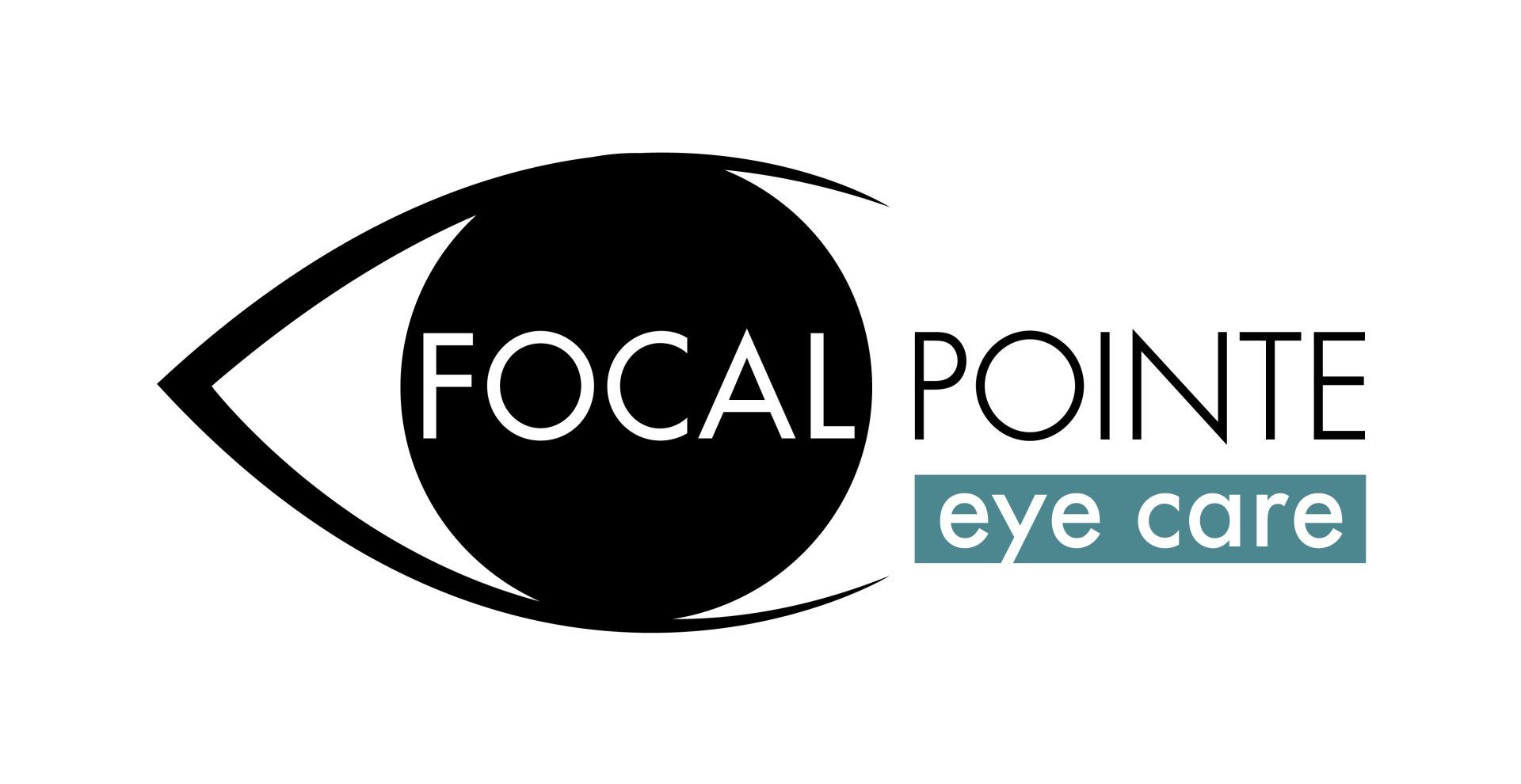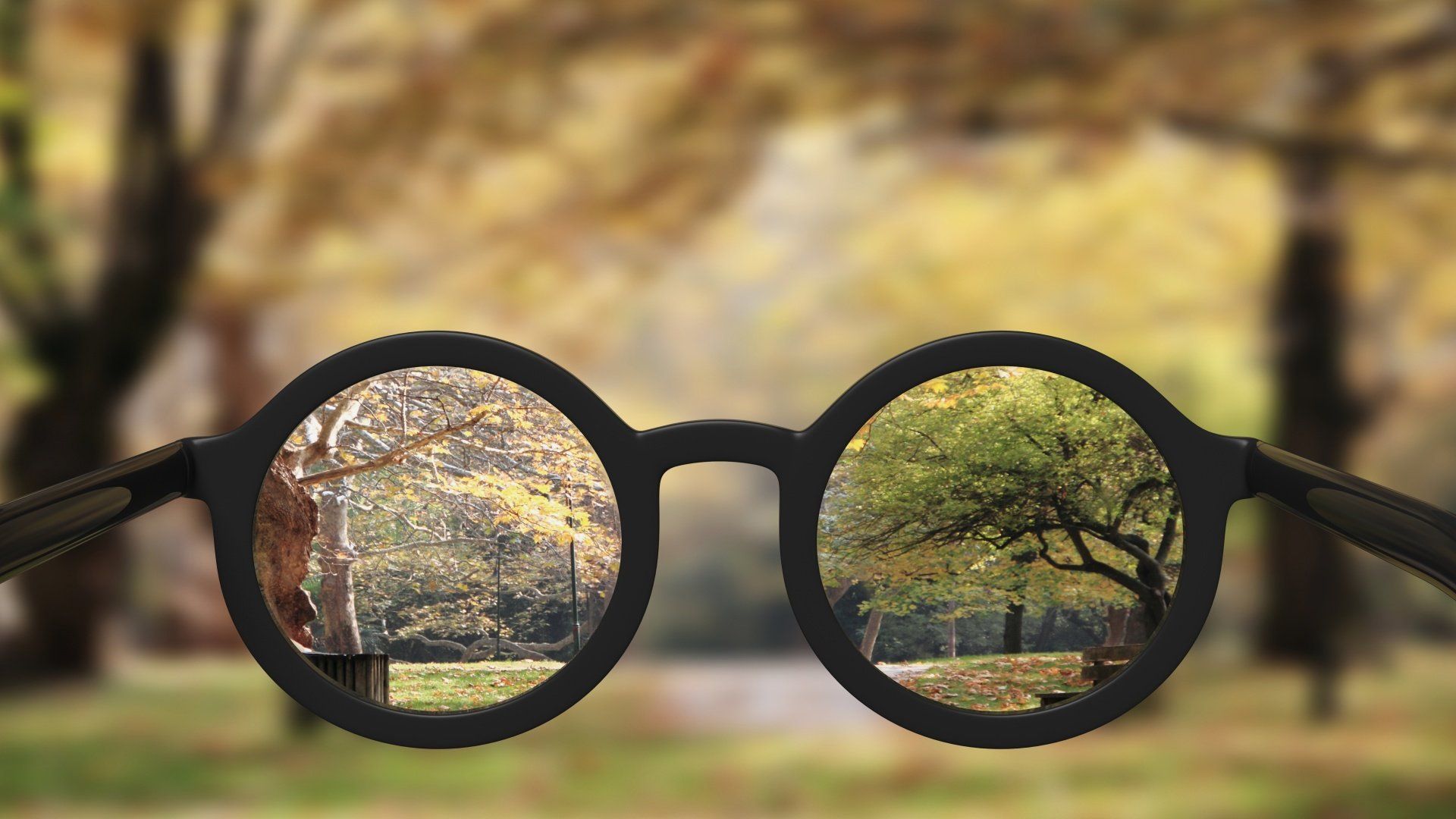HAVING TROUBLE SEEING DISTANT OBJECTS?
WHAT IS MYOPIA?
Nearsightedness or myopia is the most common refractive error of the eye, affecting nearly 40 percent of the U.S. population.
Myopia is a vision condition in which people can see close objects clearly, but objects farther away appear blurry.
Myopia occurs if the eyeball is too long or the cornea (the clear front cover of the eye) is too curved.
As a result, the light entering the eye focuses images in front of your retina instead of on your retina. This causes images in the distance to appear blurred.
Myopia can continue from childhood or develop in early adulthood (18 years and older) after a childhood of normal vision
Schedule an Eye Exam
WHAT CAUSES MYOPIA?
Though the exact cause of myopia in adults is unknown, the underlying cause is believed to be a combination of genetic and environmental factors.
- Genetic Factors: A family history of myopia is a strong predictor. If one or both parents are myopic, there's a higher chance of developing or worsening myopia.
- Environmental Influences: Extensive close work, like reading, writing, or using computers and smartphones for prolonged periods, can contribute to the development or progression of myopia.
- Lifestyle Changes: Reduced time spent outdoors has been linked to increased myopia. Natural light may play a role in eye development and health.
- Age-Related Changes: Although less common, adults can develop myopia as a part of the natural aging process. This condition is known as "second sight" or late-onset myopia and is often due to changes in the lens of the eye.
- Health Conditions: Certain health conditions such as diabetes can cause changes in vision, including the onset of myopia. Other conditions like cataracts or keratoconus (a progressive thinning of the cornea) can also affect vision.
- Medications: Some medications can have side effects that affect the eye's focusing ability, leading to myopia.
SYMPTOMS OF MYOPIA
- Blurred Vision: Distant objects appear blurry while nearby objects are seen clearly.
- Squinting
- Eye Strain: Symptoms include discomfort, aching, or a burning sensation in the eyes.
- Headaches: Frequent eye strain can also lead to headaches, particularly after prolonged periods of activities involving distance vision, like driving or watching TV.
- Fatigue: Eyes may feel tired after extended periods of use, especially when trying to focus on distant objects.
- Difficulty with Night Vision: People with myopia often have more trouble seeing in low light conditions, affecting activities like driving at night.
- Needing to be Closer to Screens: Adults with myopia might find themselves needing to sit closer to televisions or screens to see clearly.
HOW IS MYOPIA TREATED?
Choosing the right treatment depends upon several factors, including the severity of myopia, lifestyle, age and overall eye health. Our doctors can help choose the treatment that best meets your needs.
These options include:
Prescription Lenses
- Ortho-K or CRT
Refractive Surgery
- Lasik (laser-assisted in situ keratomileusis)
- PRK (photo refractive keratectomy)
Vision Therapy
- Vision therapy is like physical therapy for the eyes and its goal is to teach the visual system to correct itself.
If you're having trouble seeing distant objects clearly, the team at Focal Pointe Eye Care can help ease your concerns by diagnosing the cause of your blurry vision. We will guide you through understanding the issue and assist you in choosing the best treatment option that suits your lifestyle, ensuring you achieve clear vision. Contact us today to schedule an eye exam at 513-779-3937.

